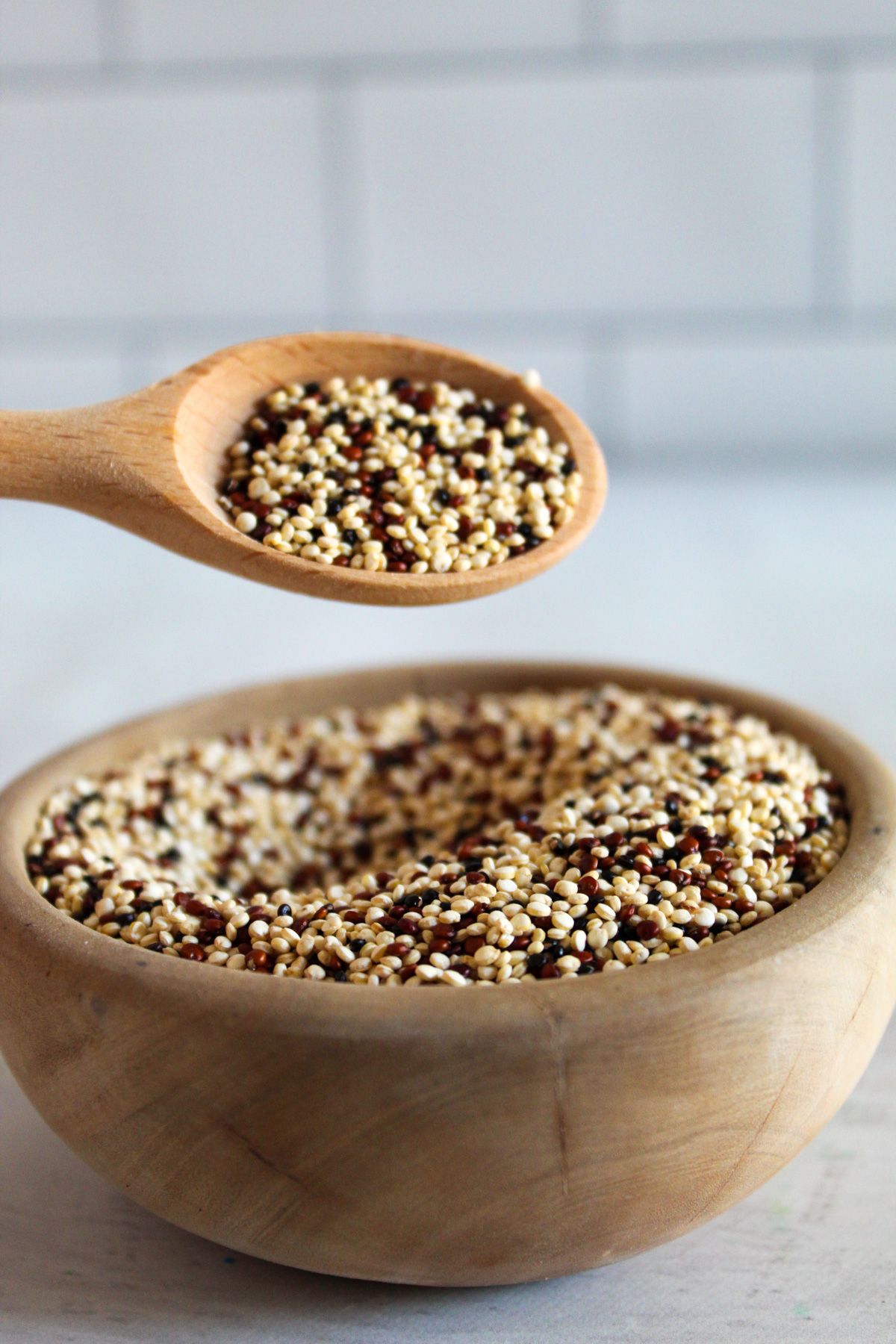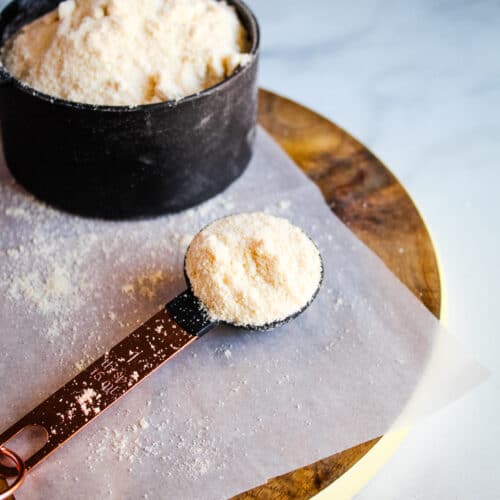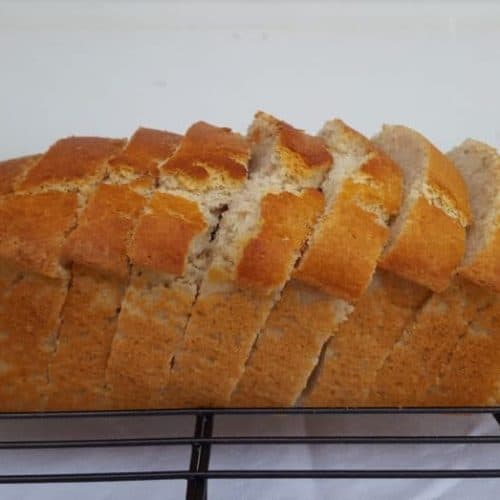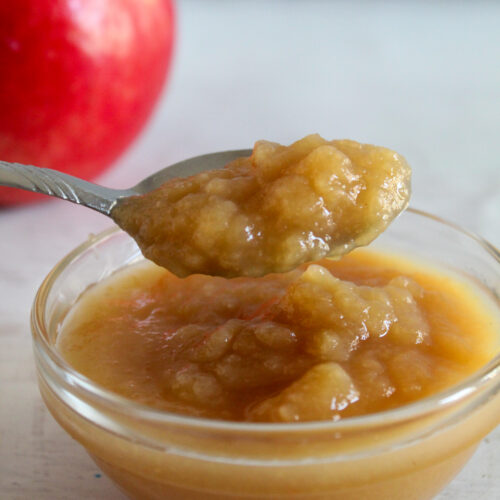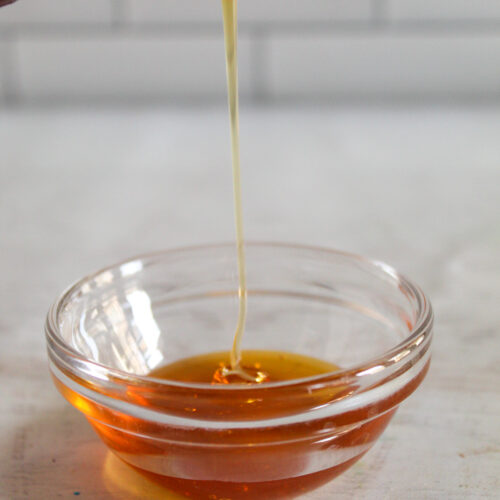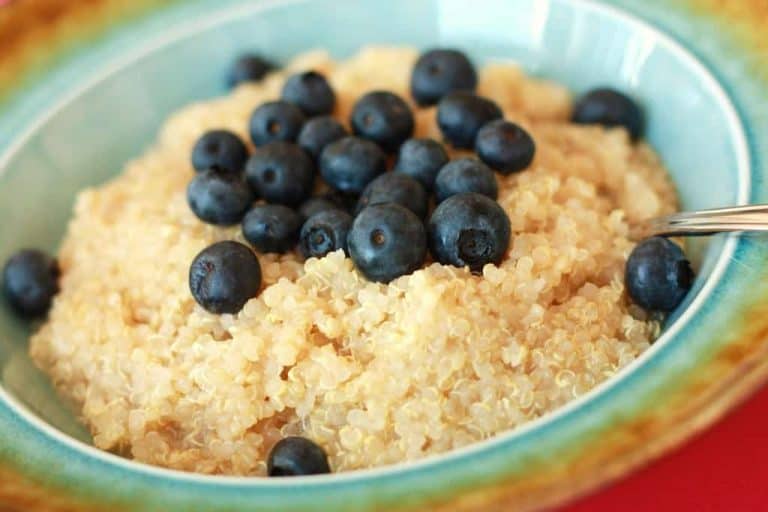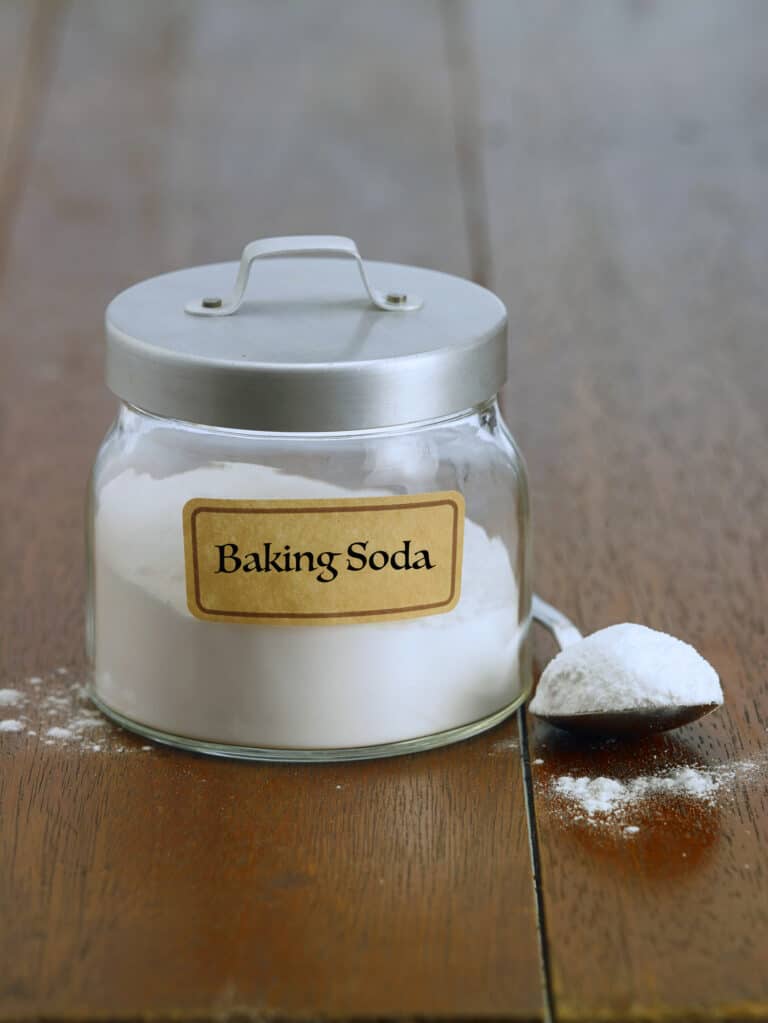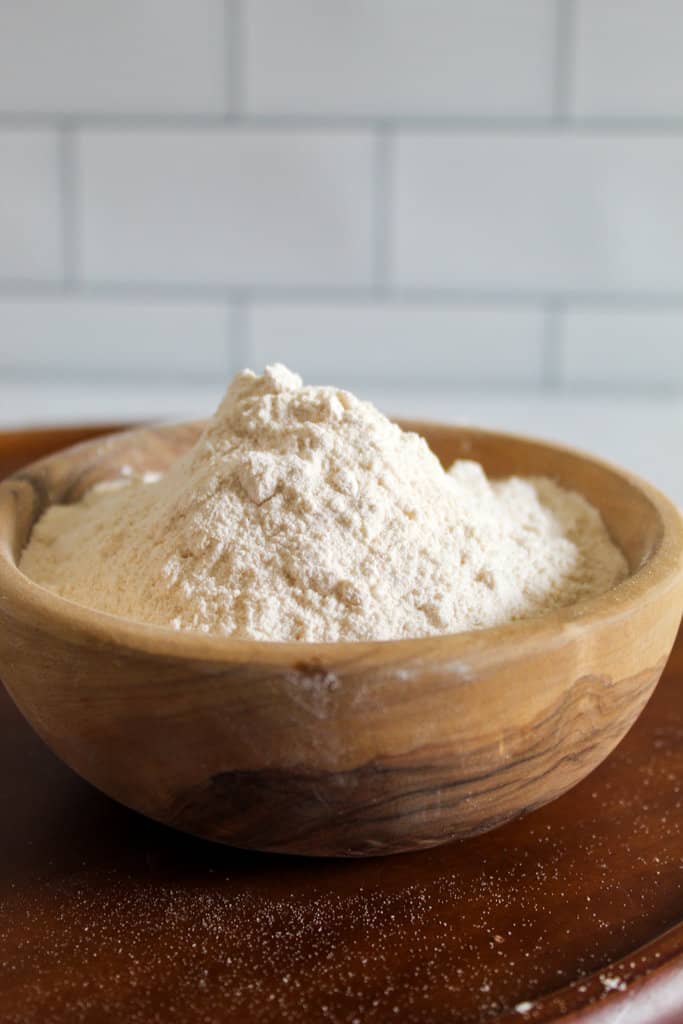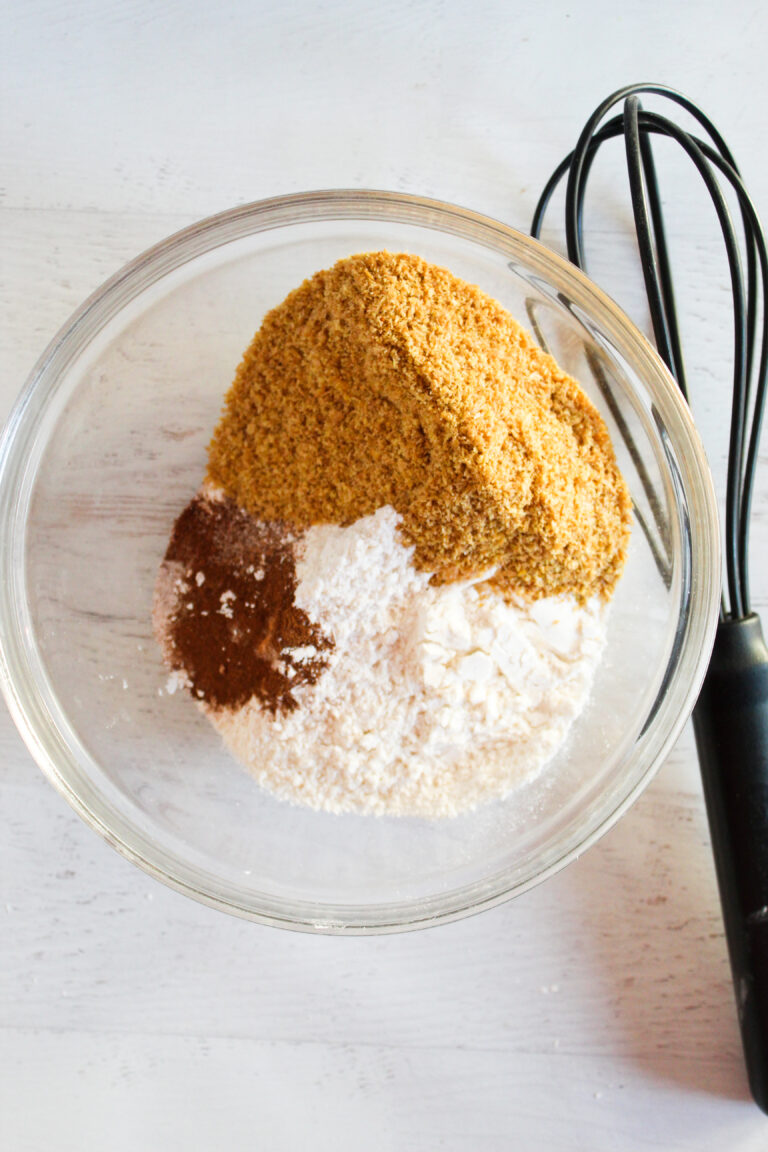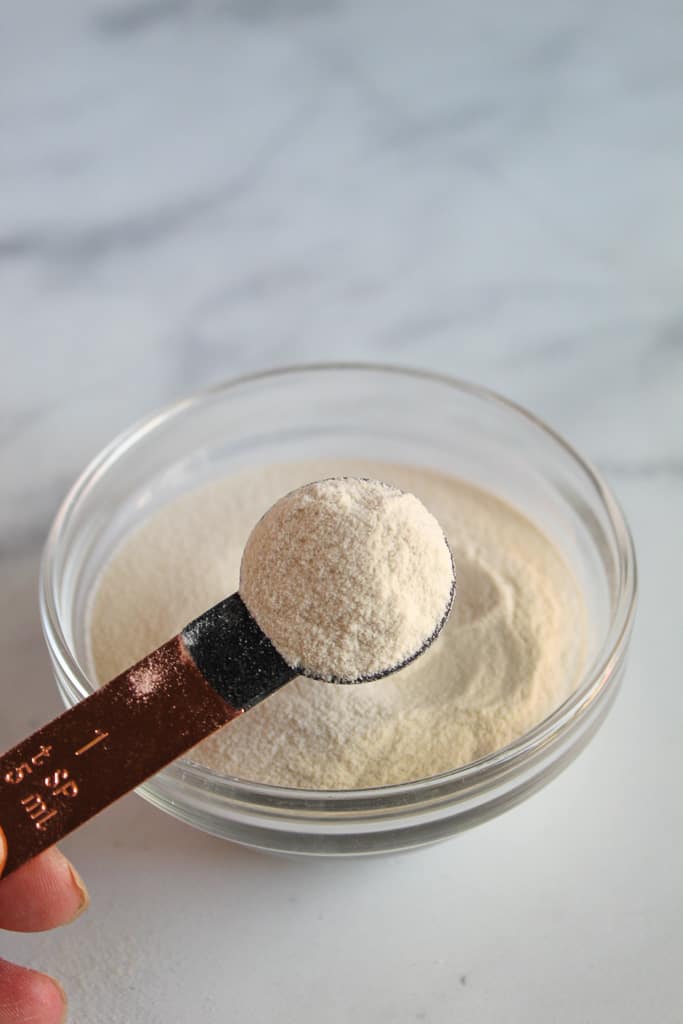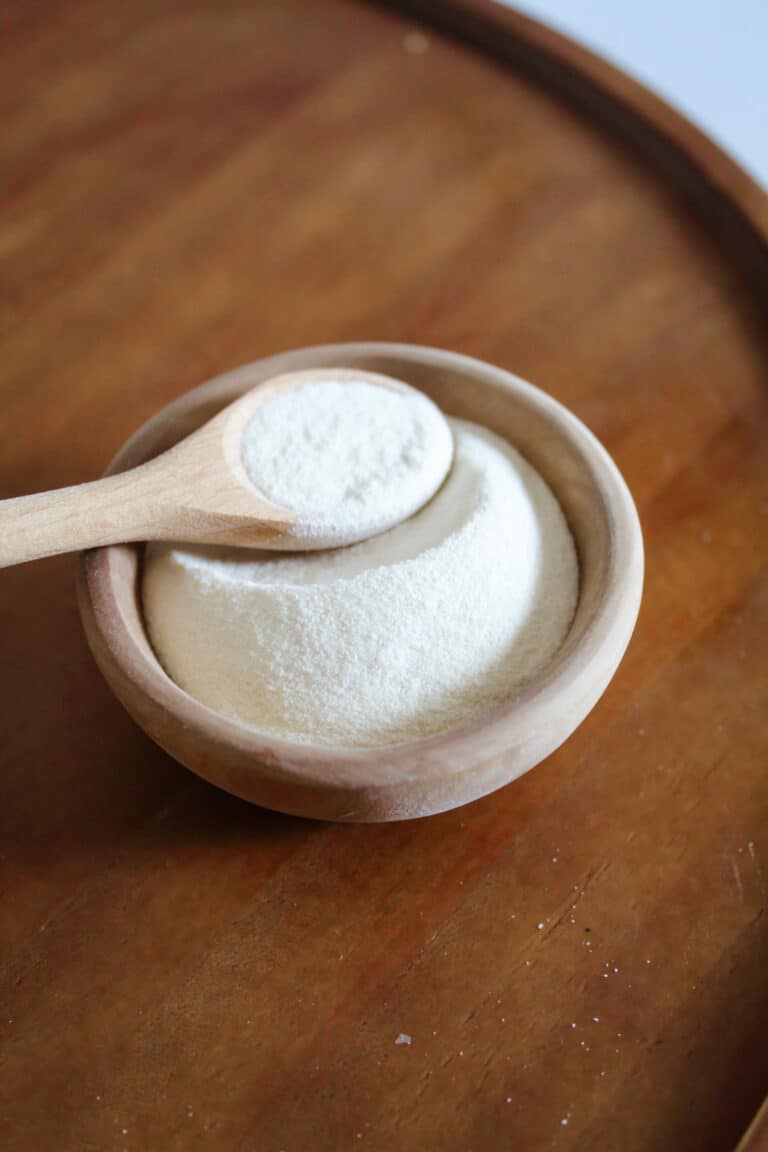10 Best Quinoa Substitutes for Cooking, Baking, and More
Quinoa is an essential pantry staple for many people, especially those of us with celiac disease. But if you run out or can't tolerate quinoa, it helps to have some quinoa substitutes on hand for different recipes. These suggestions will help you find the perfect swap for any dish you may be making!
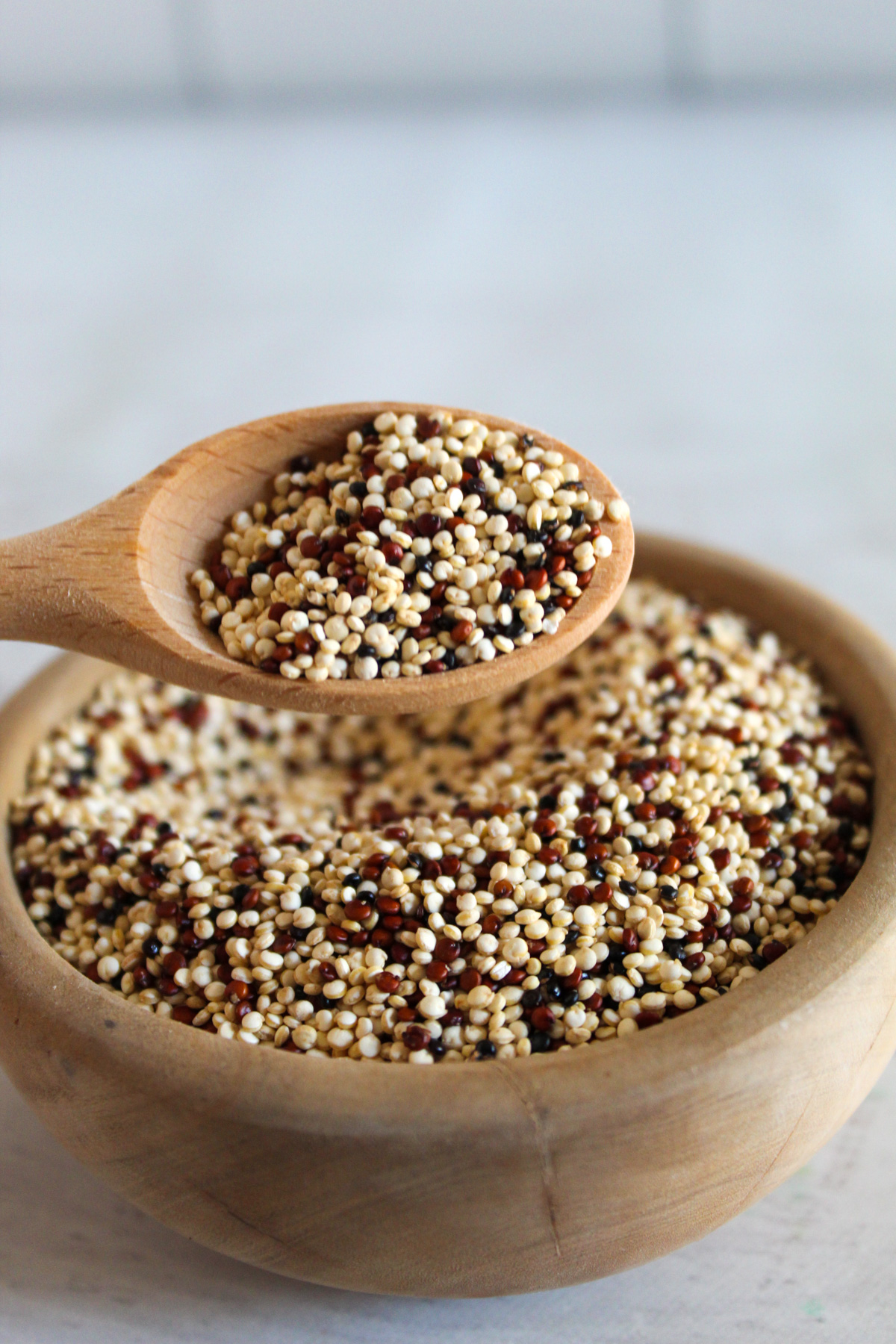
Remember when quinoa was a "new" product on the market? You probably never imagined how essential it would be in our daily diets, yet here we are now.
Quinoa is available in pretty much every grocery store, online, many restaurants, and even pre-packaged meals and snack foods.
As an affiliate partner of various brands and sponsored content, Zest for Baking may earn commission on qualifying purchases. Disclaimer
I often like to serve it as a side dish, but you can even add cooked quinoa to baked foods, like these tender Apple Quinoa Muffins. There are so many options.
Although quinoa is a naturally gluten-free seed most celiacs can tolerate, there are times when you need to find an alternative, whether you're sensitive to it or have simply run out.
Fortunately, there are plenty of handy quinoa substitutes that can really elevate any recipe!
Jump to:
Key Takeaways: Substituting Quinoa in Recipes
Quinoa is a nutrient-dense, gluten-free grain known for offering plenty of plant-based protein, fiber, and a range of nutrients.
To substitute quinoa, you'll want to consider how it works in any given recipe. However, your best bet is to use another type another grain or seed, like:
- Rice
- Amaranth
- Millet
- Sorghum
- Buckwheat
- Oats
What is Quinoa?
Quinoa is an ancient grain from South America that has been eaten like a grain for over 7,000 years. Despite its long cultivation, it was relatively unheard of in the US until the mid-2010s when it surged on the market as a high-protein, naturally gluten-free alternative.
It's most well known for its high protein content, high fiber, antioxidants, and nutrient density. Not only is quinoa a complete protein containing all nine essential amino acids, but it's also a great source of manganese, magnesium, phosphorus, folate, and more.
There are over 1,000 varieties of quinoa out there, but most of us are used to white or red quinoa. Each type has a mild, nutty flavor that offers the perfect blank slate for all of your favorite flavors.
Quinoa Flour vs Quinoa
Most people consume cooked quinoa like a whole grain in savory meals, similar to eating brown or white rice. However, the dry seeds can also be milled into a fine quinoa flour.
This flour has all of the same nutritional benefits as the whole seeds, while making it easy to incorporate those benefits into your baked goods and other recipes.
Because gluten-free baking is so complex, the substitutes explained below are not recommended to replace quinoa flour - just the whole, cooked seeds. However, some other seed-based flours that can be used interchangeably, like:
- Amaranth flour
- Teff flour
- Brown rice flour
- Oat flour
- Almond flour
There are other options out there, but it can quickly get more complicated.
More Gluten-Free Baking Tips
10 Best Substitutes for Cooked Quinoa
If you're making a salad or side dish, the options for quinoa alternatives expand significantly. There are so many ways to replace quinoa and it really depends on how it fits into your recipe.
For example, you'll want to consider if the quinoa is cooked in the dish or if it is cooked separately. Casseroles and soups may call for adding quinoa directly to the pot with other ingredients, and you can easily add too much water or not quite enough.
It's helpful to remember that quinoa requires about 2 cups of water per 1 cup of grains to cook, which makes it easier to tell which of these substitutes will work in your recipe.
White or Brown Rice
Quinoa is often used as a starch alongside main dishes or tossed in a dressing for a tangy quinoa salad.
Cooked rice (white, brown, or wild rice) can be a great substitute for these uses. It also works well in recipes that require you to cook the grains with other ingredients, as rice tends to require similar amounts of liquid as quinoa.
Since quinoa typically requires more water to cook than rice, you may need to reduce the liquid in your specific recipe by about ½ cup per 1 cup of dried grains.
Teff
Teff is another gluten-free pseudo-grain from Africa with a similar size to quinoa, making it a great option for most purposes. It has a darker color and a nutty, earthy flavor, which may affect the final flavor of your dish.
You will usually need more liquid (3 cups of water to 1 cup of teff), so keep that in mind.
Learn more about baking with teff flour here.
Amaranth
Are you noticing a trend here? Many of the best alternatives for quinoa are ancient grains and seeds!
Amaranth is a very tiny seed from South America with a nutritional profile similar to quinoa. It's a good source of fiber and protein, and contains a variety of antioxidants and essential nutrients.
Best of all, amaranth uses roughly the same amount of water to cook as quinoa, making it essentially a 1:1 swap in recipes. Plus, it has a very similar texture and flavor.
Many people actually like to cook amaranth and quinoa together to get the benefits of both.
Millet
Millet is an ancient grain-like seed from Africa and Asia that has been cultivated for thousands of years. There are several different types of millet, including sorghum and foxtail, so you may see different names on packaging.
Just like quinoa, millet is rich in protein and dietary fiber, plus it provides niacin, phosphorous, potassium, and iron.
Depending on the type of millet, it often has a very mild flavor with a slightly nutty taste, very similar to quinoa. Between the cooking time, nutrient density, and flavor profile, millet is a great alternative to quinoa.
Millet requires the same proportion of water as quinoa (2 cups of water to 1 cup of grains) and can even be made in the rice cooker!
Sorghum
Sorghum is another popular ancient grain experiencing a resurgence. It's naturally gluten-free and one of the most commonly produced grains in the entire world. This means it's often pretty affordable and getting easier to find, especially in specialty grocers.
There are many types of sorghum out there with different processing methods. However, you'll want to look for whole sorghum (not pearled) to use in place of quinoa. Whole sorghum provides more fiber and protein than other types while maintaining a similar texture to fluffy quinoa.
You will need to use more water to cook sorghum (3 cups of water to 1 cup of sorghum), and it requires a much longer cooking time (nearly one hour).
Buckwheat
Despite the name, buckwheat is not related to wheat! It's a fiber-rich seed with a deeply nutty flavor.
It's also an excellent substitute for quinoa, especially if in salads or as a side dish for savory meals.
Buckwheat requires the same ratio of water to seeds (2 cups of water to 1 cup of buckwheat), and cooks in roughly the same amount of time as red or white quinoa (15 minutes).
This makes it a great gluten-free option for marinated salads and a variety of dishes.
Oats
While oats aren't a perfect match for quinoa, they have be a great swap in many situations.
For example, many people like to serve cooked quinoa as a high-protein breakfast porridge. Oats are a great choice to use instead, although they aren't nearly as high in protein.
Oats can often be added directly to many baked goods, like muffins, cookies, and so much more. When baking, you can often replace cooked quinoa with regular oats, although that depends on the recipe and is best in recipes where the quinoa is more of an add-in.
Cornmeal (Polenta)
If you've ever had polenta, then you can probably see why this is an option! If you serve cooked quinoa as a starch alongside your favorite main dishes, polenta is a good substitute.
You won't get the same fluffy texture, but the resulting side dish will be creamy and smooth. Plus, cornmeal is naturally gluten-free, so it's a good option for people with celiac disease.
However, don't try to add cornmeal in place of quinoa in a recipe. You'll want to prepare it separately by making a pot of polenta and serving it as a side dish.
Gluten-Free Couscous
Couscous is a special type of pasta that honestly looks nearly identical to quinoa due to its teeny tiny shape.
Although pasta is traditionally made with wheat or semolina flour, you can also purchase gluten-free couscous.
Best of all, it cooks much faster than quinoa (ready in about 5 minutes), although it doesn't contain nearly the same nutrient density.
It's best to prepare couscous separately following the package instructions and serve it as a side.
Cauliflower Rice
Cauliflower rice isn't actually a grain - it's made by blending cauliflower into fine pieces than steaming until tender.
It's a great low-carb alternative and works well as a side dish, but you wouldn't want to use it to replace quinoa in most dishes.
It needs to be cooked differently and will not absorb liquid the same ways the grains and seeds above will do.
However, it is naturally gluten-free and makes a wonderful quinoa and rice substitute for anyone trying to eat lower carb.
Honorable Mentions
There are other quinoa substitutes out there that work great, but they are not gluten-free. This includes:
- Bulgur wheat
- Farro
- Barley
- Kamut
- Freekeh

